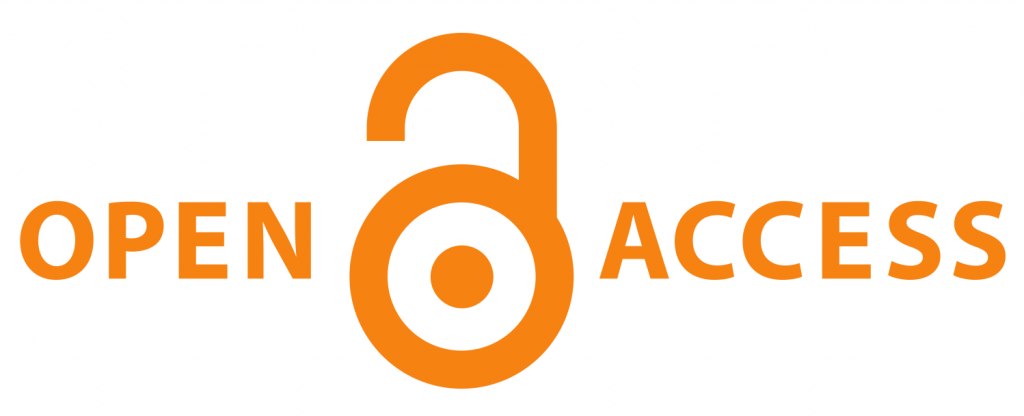KAJIAN UNSUR-UNSUR KOMIK DAN SAINS DALAM BUKU KOMIK EDUKASI DI INDONESIA SEBAGAI ALTERNATIF BAHAN AJAR
DOI:
https://doi.org/10.26740/pensa.v9i2.37036Keywords:
educational comics, comic elements, science content, educationAbstract
This study aims to describe the differences in comic and science elements in educational comic books as an alternative to teaching materials in Gramedia Surabaya, Indonesia. This type of research is qualitative research. This study uses a comic content study approach (content analysis). The data sources studied in this study were four comic books with educational comic book types and had the same material, namely the material of the solar system. The four comic books are the Educomics Book: Space Britannica Education Series, Science Adventure Book: Earth and Space Vol 3. Sun, Earth, Moon and Stars, Planets in the Solar System, the Universe Science Adventure Comic Educomics Book, and the Science Book Comic: Why? Universe (Universe). The concept of the solar system that is studied is only on the sub-material components of the solar system. Based on the results obtained from this study, it is known that the Educomics Book of the Britannica Antariksa Education Series has elements of comics and science as alternative teaching materials, the Science Comic: Why? The Universe (Universe) also has elements of comics and science but has a slight flaw in the concept of Earth, while the other two comics lack some elements.
Downloads
References
Danaswari, R. W., Kartimi, & Roviati, E. (2013). Pengembangan Bahan Ajar dalam Bentuk Media Komik untuk meningkatkan Hasil Belajar Siswa Kelas X SMAM 9 Cirebon pada Pokok Bahasan Ekosistem. Jurnal Scientiae Educatia, 2(2). Daryanto. (2010). Media Pembelajaran. Gava Media. Depdiknas. (2004). Materi Pelatihan Terintegrasi Bahasa Indonesi. Dirjen Dikdasmen. Feldman, E. B. (1967). Art as Image and Idea. Prentice Hall Inc. Galman, S. (2009). The Truthful Messenger: Visual Methods and Representation in Qualitative Research Education. Qual Res, 9, 197–217. Green, M. J. (2015). Comics and medicine: Peering into process of professional identity formation. Acad Med, 90, 774–779. Griffin, J. K. (1998). A Brief Glossary Of Comic Book Terminology. Serials Review, 24(1), 71–76. Hosler, J., & Boomer, K. . (2011). Are Comic Books an Effective Way to Engage Nonmajors in Learning and Appreciating Science? Article CBE- Life Sciences Education, 10, 309–317. Juniarso, T. (2019). Kemampuan Literasi Sains Mahasiswa PGSD Universias PGRI Adi Buana Surabaya. Jurnal Pendidikan Dasar, 1. Keraf, G. (2010). Diksi dan Gaya Bahasa. PT Gramedia Pustaka Utama. Lee, K. W. (2009). Buku Science Comic : Why? The Universe (Alam Semesta). PT Elex Media Komputindo. Masdiono, T. (2007). 14 Jurus Membuat Komik. Kreatif Media. Ozdemir, E. (2017). Humour in elementary science: Development and evaluation of comic strips about sound. International Electronic Journal of Elementary Education, 9(4), 837–850. Pateda, M. (2001). Semantik Leksikal. Rhineka Cipta. Park, S. H. (2016). Science Adventure : Earth and Space Vol 3. PT Elex Media Komputindo. Roswati, N., Rustaman, N. Y., & Nugraha, I. (2019). The development of Science Comic in Human Digestive System Topic for Junior High School Students. Journal of Science Communication, 3(1), 12–18. Shin, D. H. (2018). Educomics : Seri Edukasi Britannica Antariksa. Bhuana Ilmu Populer. Sudjana, N., & Rivai, A. (2011). Media pengajaran. Sinar Baru. Sugiyono. (2008). Metode Penelitian Kuantitatif Kualitatif dan R&D. Alfabeta. Suparmi. (2018). Penggunaan Media Komik dalam Pembelajaran IPA di Sekolah. Journal of Natural Science and Integration, 1(1), 62–68. Tatalovic, M. (2009). Article Science comics as tools for science education and communication : a brief , exploratory study. Journal of Science Communication, 8(04). Yang, H. Y. (2019). Educomics : Komik Petualangan Sains : Alam Semesta. Bhuana Ilmu Populer.
Downloads
Published
How to Cite
Issue
Section
License
Copyright (c) 2021 PENSA: E-JURNAL PENDIDIKAN SAINS

This work is licensed under a Creative Commons Attribution 4.0 International License.
 Abstract views: 1743
,
Abstract views: 1743
, PDF Downloads: 3807
PDF Downloads: 3807

















